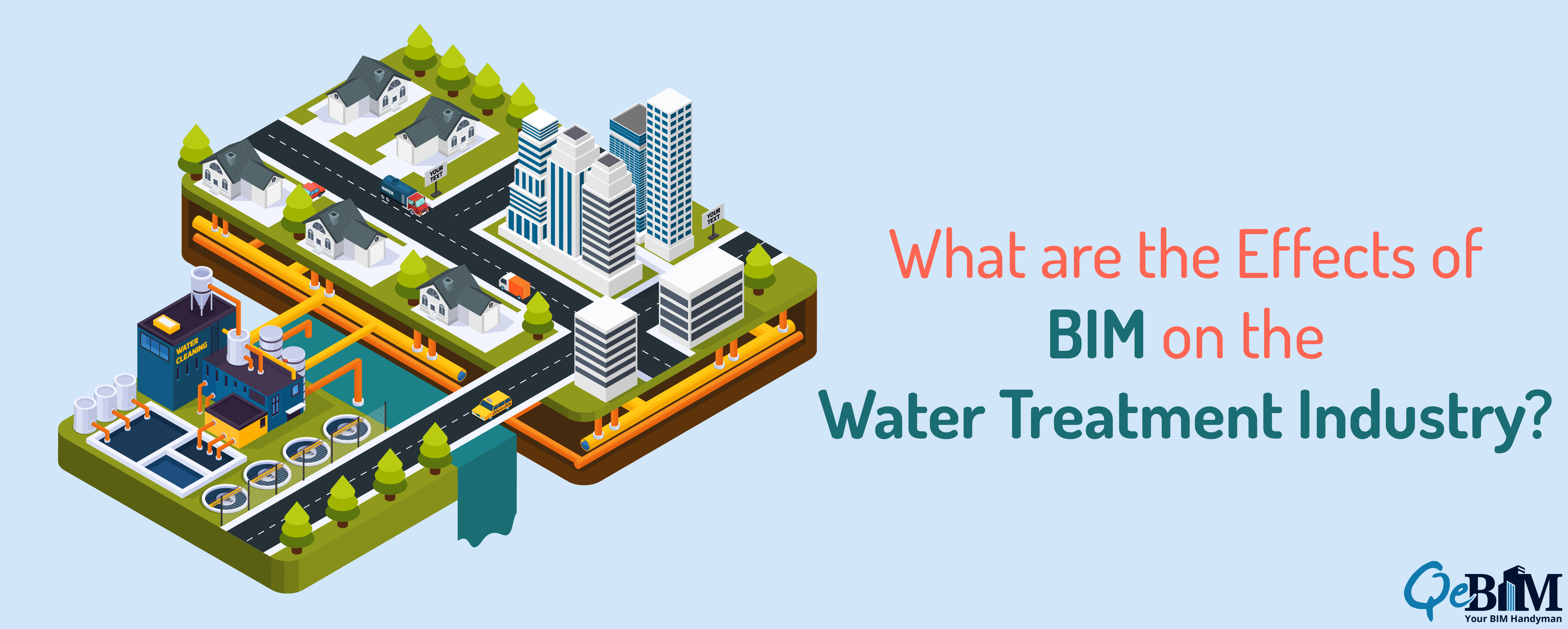Water treatment is a complex and tedious task involving various crucial stages. Each step holds utmost importance where water is treated for further use. It basically goes along four main stages as below:
Primary Stage: It comprises initial screening, dirt removal, and sedimentation.
Secondary Stage: A bioreactor is used to support a biologically active environment.
Tertiary Stage: Here, the nitrogen is removed with Nitrification and Denitrification.
Final Stage: pH Control
Designing and constructing a water treatment plant is very intricate and involves many technical complexities. It needs to be carefully planned and built, as negligence at any stage in the design will leave the water contaminated forever. Therefore, there are accurate calculations involved while designing the elements. Also, there are a few steps to consider while planning an efficient water treatment plant as below:
- First and foremost is to consider the water source.
- Secondly, the dimensions, placements, and effective functioning of MEP elements like raw sewage pumps, aerated tanks, filters, diffusers, etc.
- Thirdly, the final water available should be of desired quality.
- Fourth, the facility operators should be experienced and skilled in designing this complex system.
- Finally, the project’s timeline and budgeting should be set and followed.
Why BIM for Water Treatment Designing?
Water treatment plant design, execution, and maintenance is a complex process that faced difficulty while implementing traditional constructional design methods, i.e., via sketches and 2D drawings; therefore, BIM came to the rescue as the conventional method. BIM Modelling Services overcame limitations and helped plan, design, and construct complex water treatment plants. From precise information mapping to proper placement of MEP components, to clash detection to enhanced visualization to fluent project execution and control are the benefits of applying BIM for the construction and management of water treatment plants. In addition to this, there are varied ways in which BIM will help transform the design and construction of the Water Treatment Industry.
1) Parametrization
BIM will help with the parameterization of repetitive components of Water treatment systems. Parameterization allows the creation of digital models using a pre-programmed set of rules. It automatically enables the creation, storing, and updating of the logical relations of the model elements or components, saving ample time and fastening the project delivery.
2) Visualization
BIM will help digitally represent your water treatment project for better visualization and placements of MEP components. MEP BIM Services will help the team involved in the project with early clash detection and coordination among the MEP disciplines. Applying BIM effectively will help you combine the sketches, plans, information, and designs to get an accurate 3D model for enhanced visualization of the final design. This will smoothen the further construction of the complex water treatment system building mitigating the onsite risks.
3) Better Collaboration
BIM will help out with efficient coordination among the team members with the use of cloud technology. It will update the team in real-time on any changes and modifications made, thus reducing the errors and fastening the design and construction. It will help in crucial decision-making in case of any complexities while executing the water projects and incorporating live inputs to work better on a single model.
4) Simulation
BIM, along with the technology, enables easy iterations of the existing systems to test the working of the water projects in a real-life scenario. This will help find the best design solution for energy savings, water quality, maintenance, etc.
5) Better Scheduling & Cost Management
4D BIM will help streamline the construction of complex water treatment systems effectively, reducing the complexities and quickening the build process. This will ensure that each model element is placed appropriately with its core functioning. Also, with 5D BIM, you can determine the resource requirements at the early stages to calculate and estimate the budget appropriately and stick to it throughout the execution. Thus, BIM will help select the most budget-friendly design alternative and ensure no cost overruns.
BIM is Gaining the Momentum in Water Treatment Projects
With its positive impacts listed, BIM is gaining more and more traction in the water sector. Many firms have started incorporating BIM in designing the best solution for complex and large-scale water plant projects for enhanced tunneling, piping, water sourcing, and quality outputs. BIM avails top business benefits for water projects in terms of collaborative working, reduced errors, improved quality, shorter execution cycles, and better operations and facility management.
